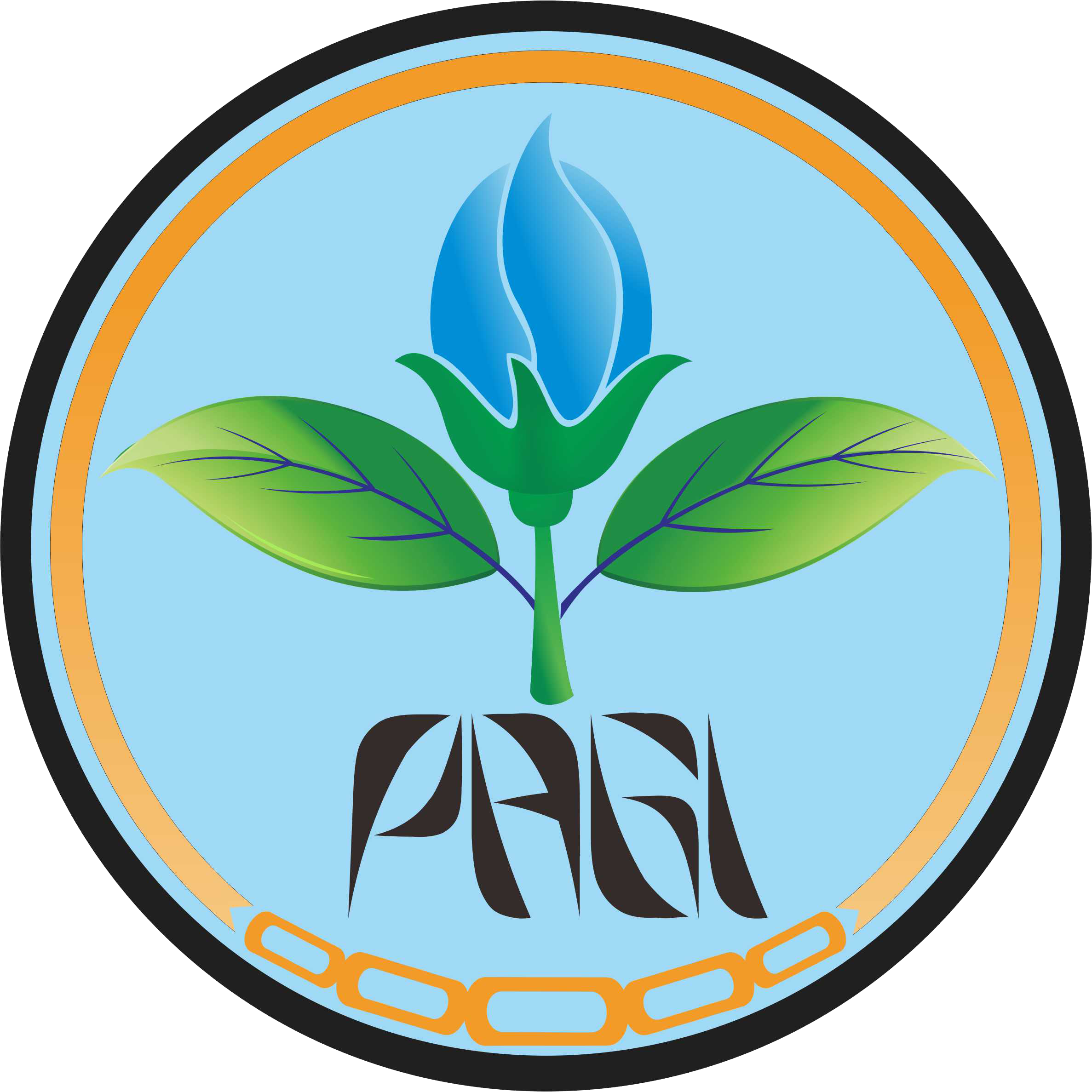Effect of Several Types of Compost on The Growth and Yield of Rice
Abstract
Keywords
Full Text:
PDF(EN)References
Anggraini F, Suryanto A, Aini N. 2013. Cropping system and seedling age on paddy (Oryza sativa L.)inpary 13 variety. J Produksi Tanam. 1(2). https://doi.org/10.21176/protan.v1i2.19.
Azis FA, Choo M, Suhaimi H, Abas PE. 2023. The effect of initial carbon to nitrogen ratio on kitchen waste composting maturity. Sustainability. https://doi.org/10.3390/su15076191.
Barus W, Rauf A. 2021. Budidaya padi di tanah salin. Medan (ID): UMSU Press.
Data Indonesia. 2022. Konsumsi pupuk RI capai 2,82 juta ton pada semester I/2022. https://dataindonesia.id/industri-perdagangan/detail/konsumsi-pupuk-ri-capai-282-juta-ton-pada-semester-i2022.
Ho TTK, Tra VT, Le TH, Nguyen N-K-Q, Tran C-S, Nguyen P-T, Vo T-D-H, Thai V-N, Bui X-T. 2022. Compost to improve sustainable soil cultivation and crop productivity. Case Stud Chem Environ Eng. 6:100211. https://doi.org/10.1016/j.cscee.2022.100211.
Indriani Y. 2012. Membuat kompos secara kilat. Jakarta (ID): Penebar Swadaya.
Jamilah M, Juniarti. 2017. Chromolaena odorata Compost Affected Soil Chemical and Rice Crop (Oryza sativa L.). 6:1–6. https://doi.org/10.4172/2168-9881.1000155.
Manea EE, Bumbac C, Dinu LR, Bumbac M, Nicolescu CM. 2024. Composting as a sustainable solution for organic solid waste management: current practices and potential improvements. Sustainability. 16(15):6329. https://doi.org/10.3390/su16156329.
Mohanan KV, Mini CB. 2007. Relative Contribution of Rice Tillers of Different Status Towards Yield. Int J Plant Breed Genet. 2(1):9–12. https://doi.org/10.3923/ijpbg.2008.9.12.
Munir J, Juniarti, Mulyani S. 2018. Mowing Rice Crop as Ratoon and Applying Chromolaena odorata Compost to Support Food Security. https://doi.org/10.31227/osf.io/ed8q2.
Murthy RK. 2012. Productivity and Economics of Rainfed Rice as Influenced by Integrated Nutrient Management. Madras Agric J. 99(JUNE):266–270. https://doi.org/10.29321/MAJ.10.100062.
Nasrullah N, Syakur S, Hasanuddin H. 2020. Granting kirinyuh (Cromolaena odorata L.) As Organic mulch in soybean plants (Glycine max L.) as well as its effects on the physical and chemical properties of soil. J Ilm Mhs Pertan. 3(2):43–50. https://doi.org/10.17969/jimfp.v3i2.7473.
Panjaitan E, Manalu C, Damanik S. 2018. Effect of mycorrhizae and kirinyu (chromolaena odorata L.) compost on the production of red onion in ultisol soil. IOP Conf Ser Earth Environ Sci. 205. https://doi.org/10.1088/1755-1315/205/1/012017.
Pramono H. 2020. Pemanfaatan kompos kirinyuh (Chromolaena Odorata L.) untuk mengoptimalkan produksi tanaman terung (Solanum Melongena L.). J Hortuscoler. 1(01):1–6.
Rivier P-A, Jamniczky D, Nemes A, Makó A, Barna G, Uzinger N, Rékási M, Farkas C. 2022. Short-term effects of compost amendments to soil on soil structure, hydraulic properties, and water regime. J Hydrol Hydromechanics. 70:74–88. https://doi.org/10.2478/johh-2022-0004.
Sathya T, Alarjani K, Elshikh M, Flanetraj S, Ponnuswamy V. 2024. Co-composting of green leaves and kitchen waste: characterization of organic amendments, microbial activity and analysis of defence enzymes in plants. Biomass Convers Biorefinery. https://doi.org/10.1007/s13399-024-05608-z.
Shen B, Zheng L, Zheng X, Yang Y, Xiao D, Wang Y, Sheng Z, Ai B. 2024. Insights from meta-analysis on carbon to nitrogen ratios in aerobic composting of agricultural residues. Bioresour Technol.:131416. https://doi.org/10.1016/j.biortech.2024.131416.
Siebielec S, Siebielec G, Klimkowicz‐Pawlas A, Galazka A, Grządziel J, Stuczynski T. 2020. Impact of water stress on microbial community and activity in sandy and loamy soils. Agronomy. https://doi.org/10.3390/agronomy10091429.
Sucipto. 2012. Teknologi pengolahan dasar sampah. Yogyakarta (ID): Gosyen Publishing.
Suntoro S, Herdiansyah G, Mujiyo M, Widijanto H, Maroeto M, Julianto EA, Puspitasari C, Tjahjanto A, Wardhana H. 2024. Potential of Chromolaena odorata, Ipomoea carnea and Eichhornia crassipes as green manures on soil fertility index and rice production on vertisols. J Arid Agric. https://doi.org/10.25081/jaa.2024.v10.8691.
Suryanto P, Kurniasih B, Faridah E, Nurjanto H, Rogomulyo R, Handayani S, Kastono D, Muttaqien AS, Alam T. 2020. Influence of furrow with organic material and Chromolaena odorata compost on upland rice productivity in an agroforestry system with Melaleuca cajuputi. Biodiversitas. 21. https://doi.org/10.13057/biodiv/d210246.
Suvendran S, Acevedo M, Smithers B, Walker S, Xu P. 2025. Soil fertility and plant growth enhancement through compost treatments under varied irrigation conditions. Agriculture. https://doi.org/10.3390/agriculture15070734.
Tulungen A, Polii M, Porong JV, Walingkas S, Doodoh B, Raintung J, Tulung ST, Mamarimbing R, Sondakh T. 2023. Effect of addition of liquid organic fertilizer (POC) to tofu liquid waste on POC kirinyuh to increase the number of tillers of rice (Oryza sativa L.). J Agroekoteknologi Terap. https://doi.org/10.35791/jat.v4i2.49395.
Wang D, Lin J, Sayre J, Schmidt R, Fonte S, Rodrigues J, Scow K. 2022. Compost amendment maintains soil structure and carbon storage by increasing available carbon and microbial biomass in agricultural soil – A six-year field study. Geoderma. https://doi.org/10.1016/j.geoderma.2022.116117.
Yulianda M, Khalil M, Jufri Y. 2022. Kirinyuh green manure (Chromolaena odorata) is used as a source of organic matter to change the chemical properties of inceptisol in Barbate Date Palm Garden. J Ilm Mhs Pertan. 7(3):416–421. https://doi.org/10.17969/jimfp.v7i3.20032.Refbacks
- There are currently no refbacks.






